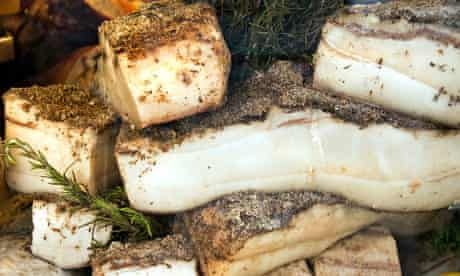
Lard is being smeared on sourdough, draped over scallops and boiled up for triple-cooked chips – and it might even be good for us. Are you a fan of pig fat?
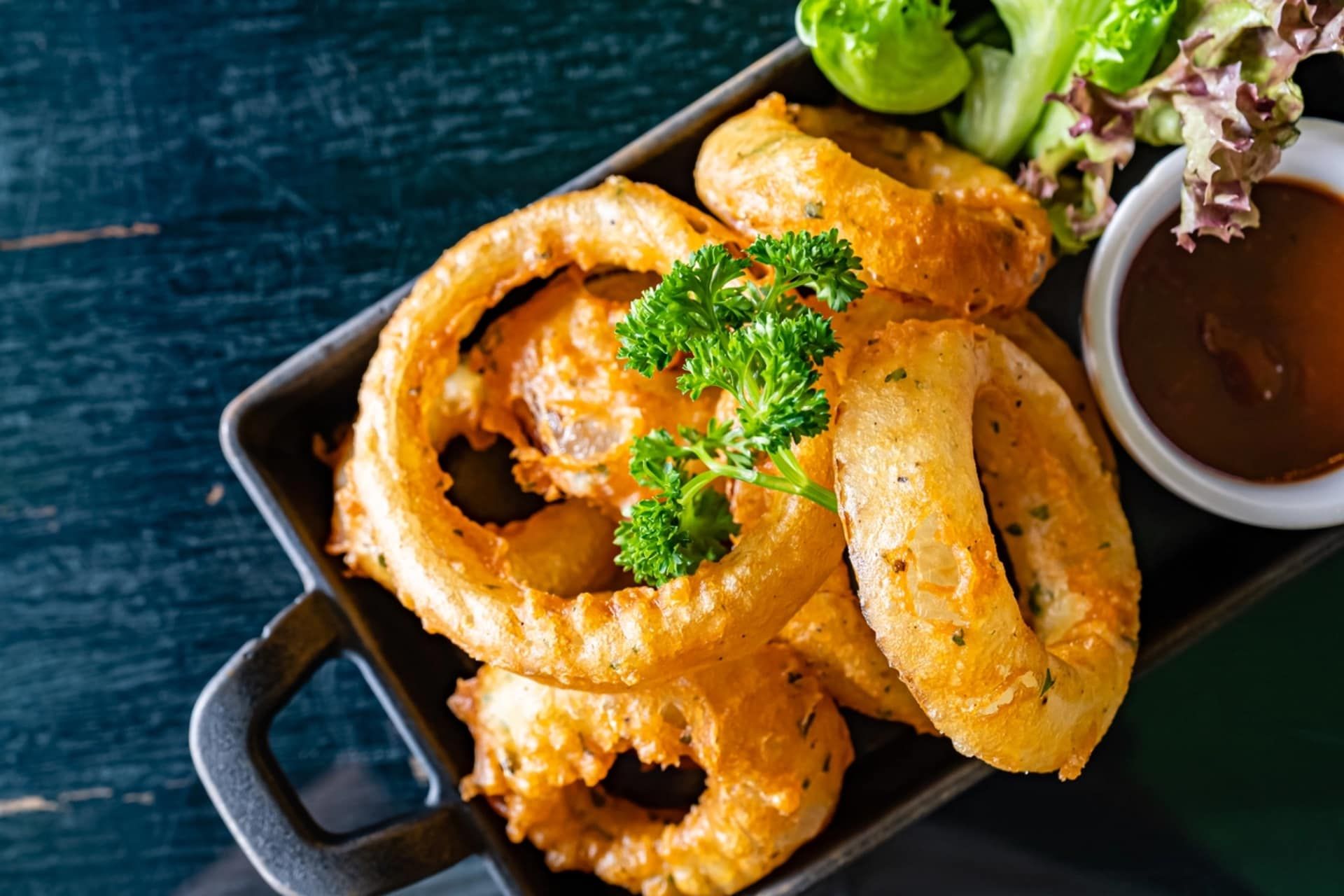

Lard is being smeared on sourdough, draped over scallops and boiled up for triple-cooked chips – and it might even be good for us. Are you a fan of pig fat?
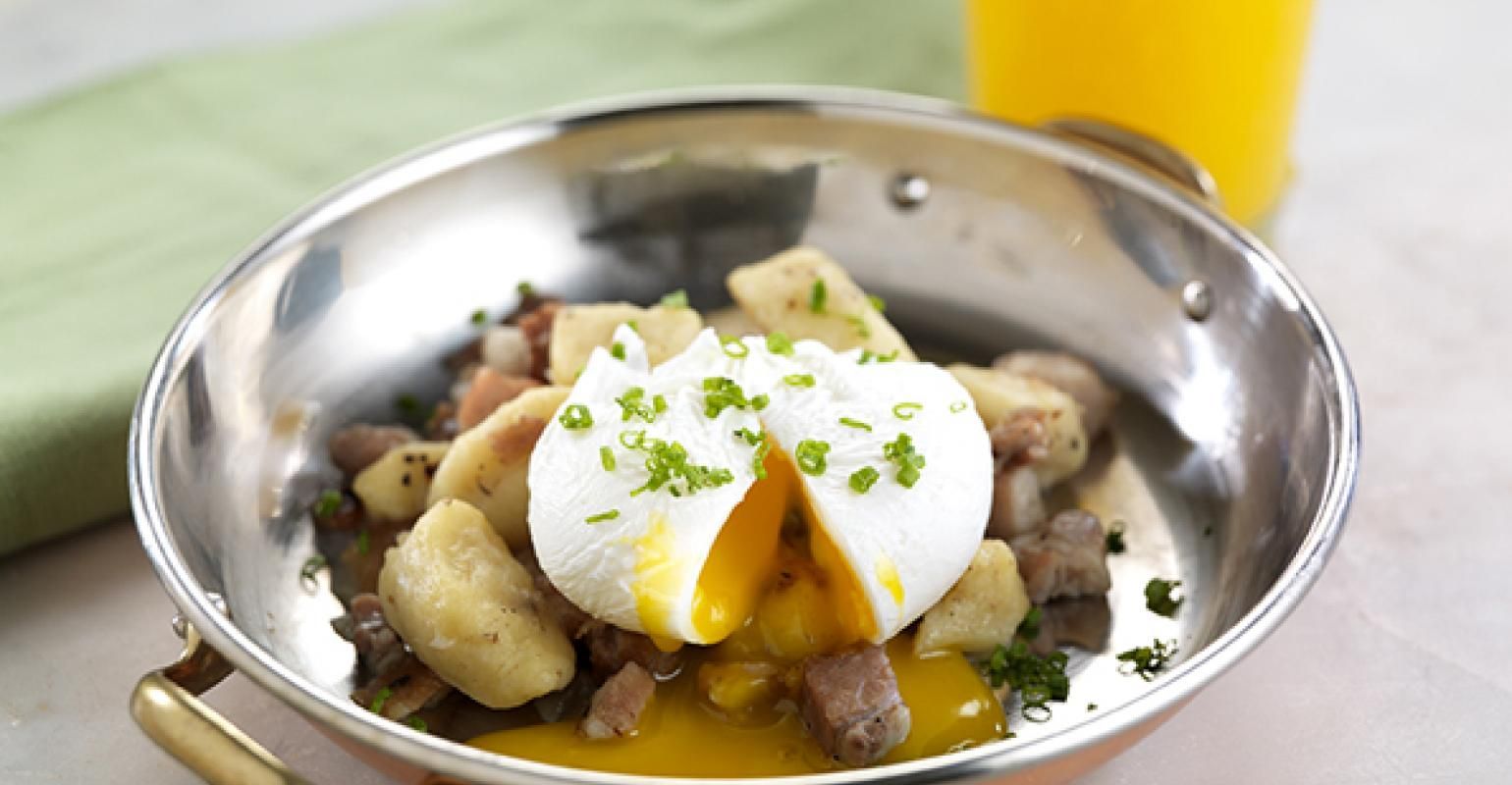
You think you’ve got marketing challenges? Think what it’s been like for Coast Packing, a top supplier of lard and beef tallow, two products dietitians scorn as cholesterol producers of the first order.
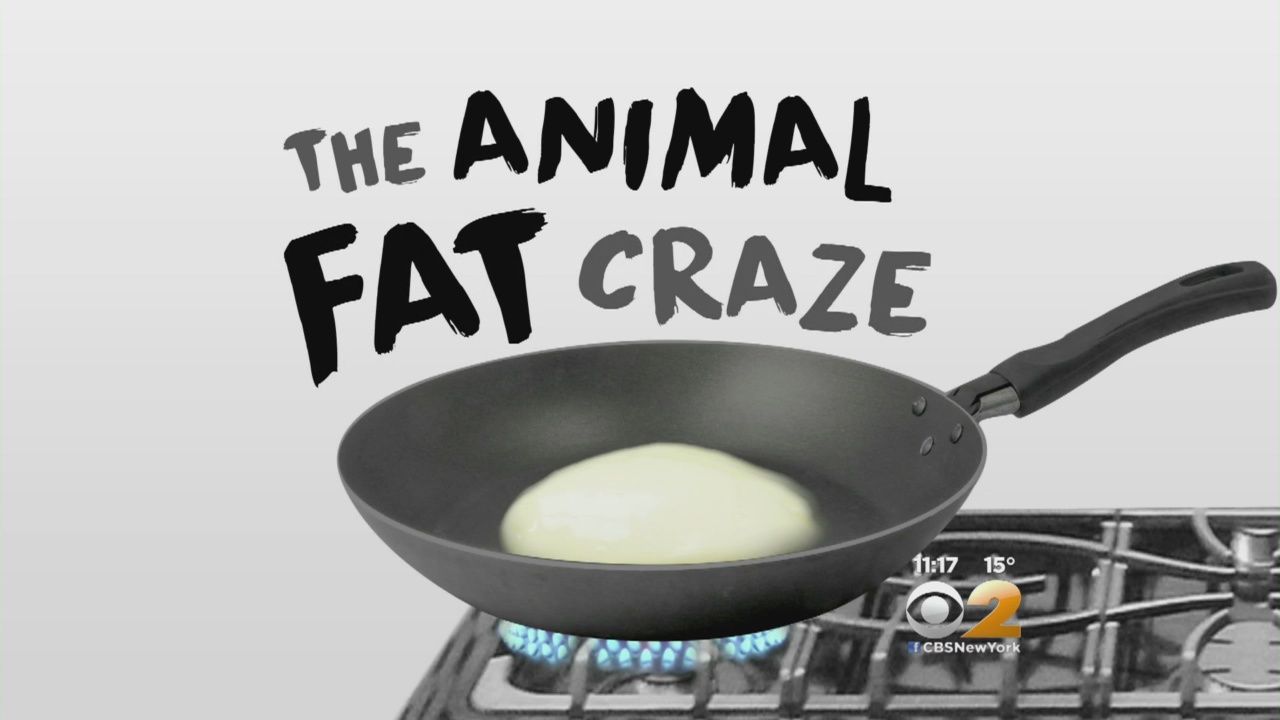
Lard and schmaltz are being smeared on bread, plopped on pizza, ladled on mash potatoes — and experts say this “animal fat craze” may even be healthier for us.
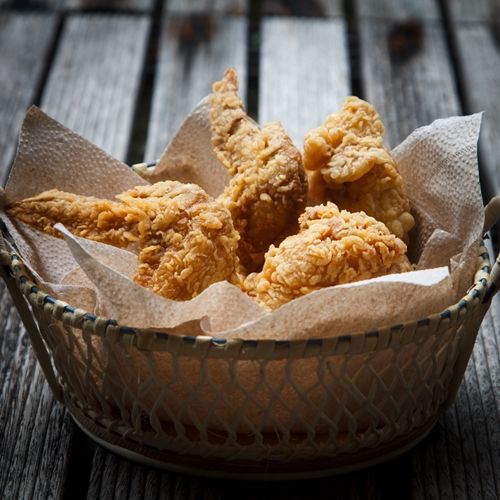
Up until the 20th century, Americans commonly used lard as a cooking fat, shortening or just a spread to be enjoyed with a slice of bread Then, as NPR pointed out, the public came to regard pig fat as exceptionally unhealthy.
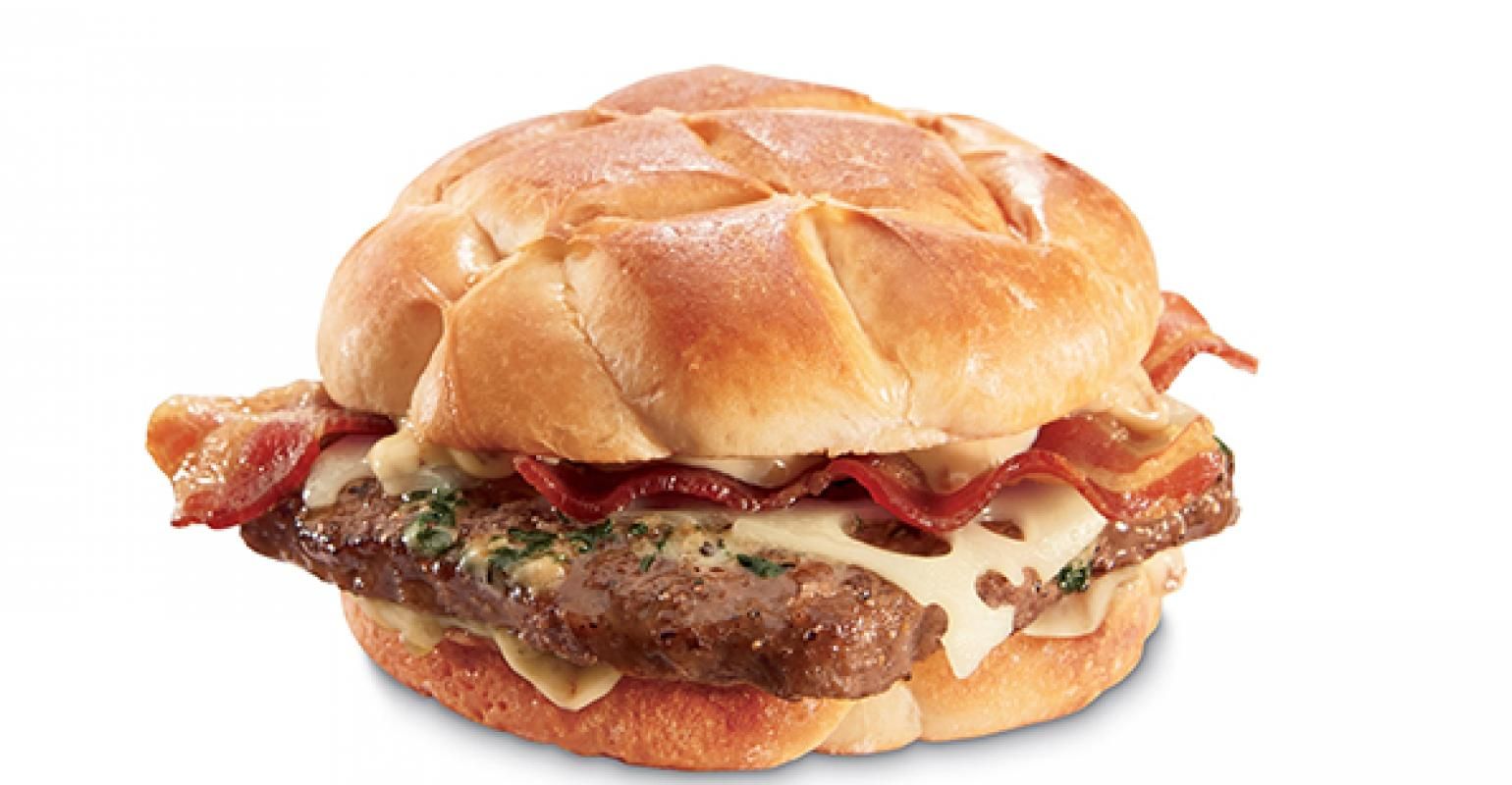
Clean-food trend and new regulations converge to rehabilitate animal fats
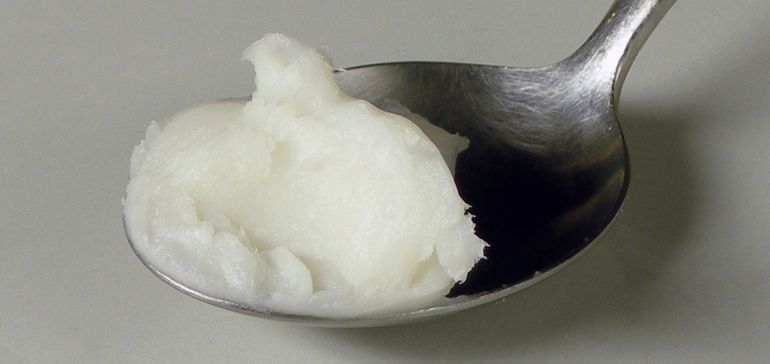
Consumption of animal fats is on the rise, and the trend is led by millennials, according to a new survey from Coast Packing Company and Ipsos Research.
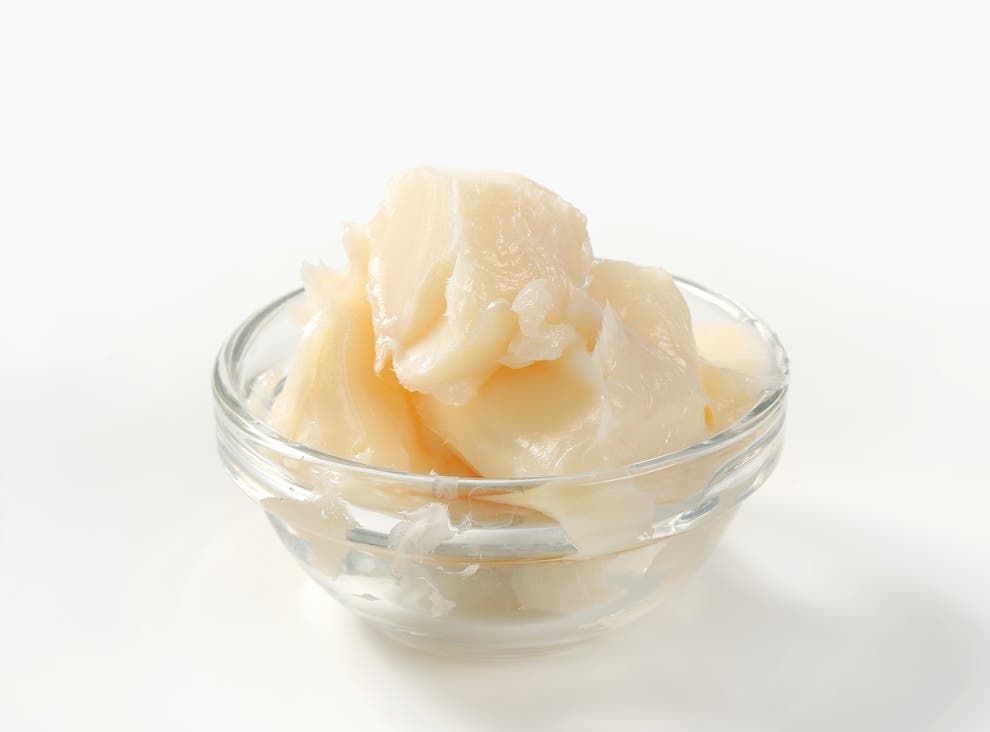
Before the trend toward plant-based oils gained traction, us Brits would consume good old-fashioned lard without fear.
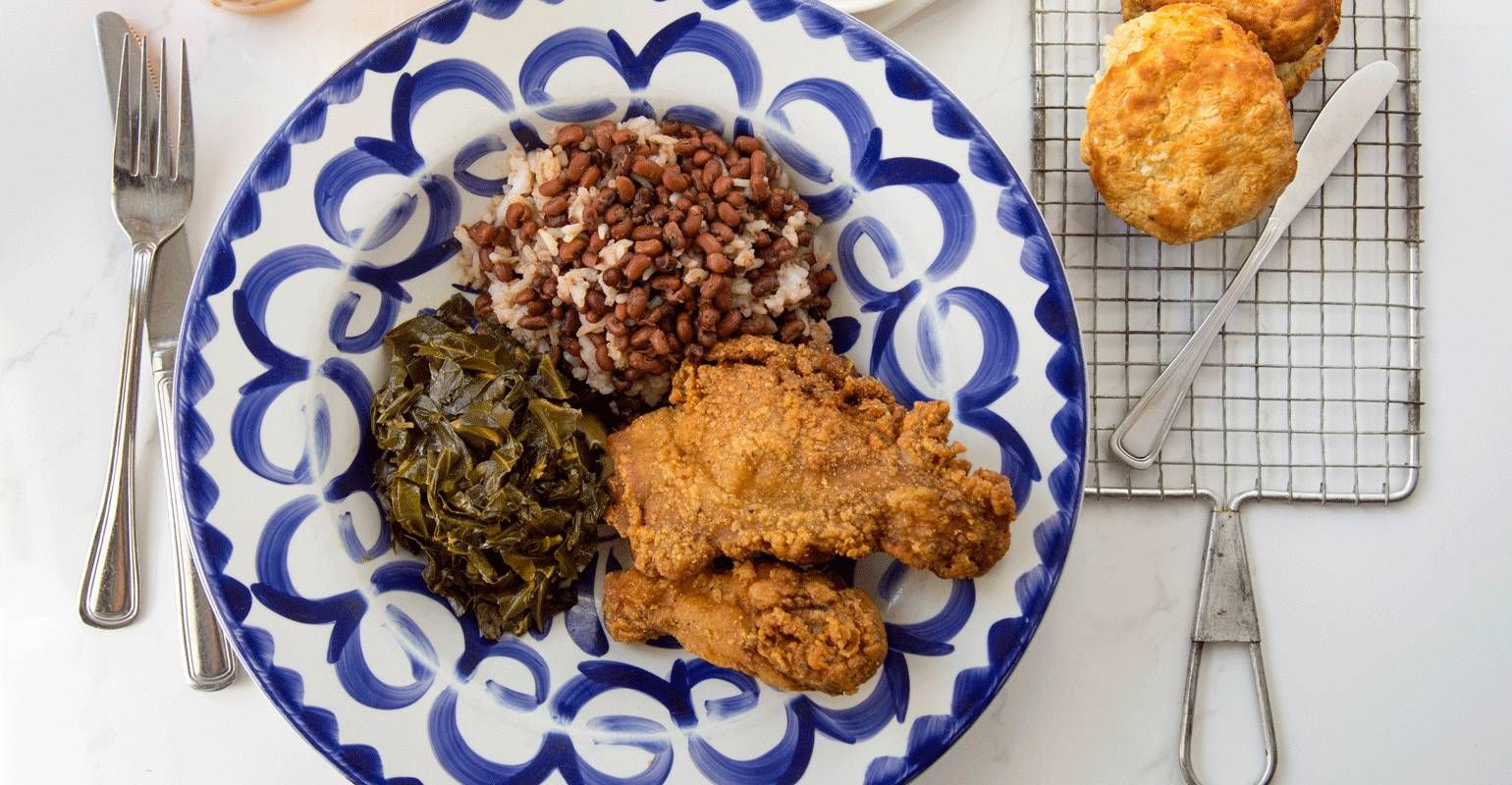
The Italian fatback finds its way onto salumi plates, burgers and tacos across the US
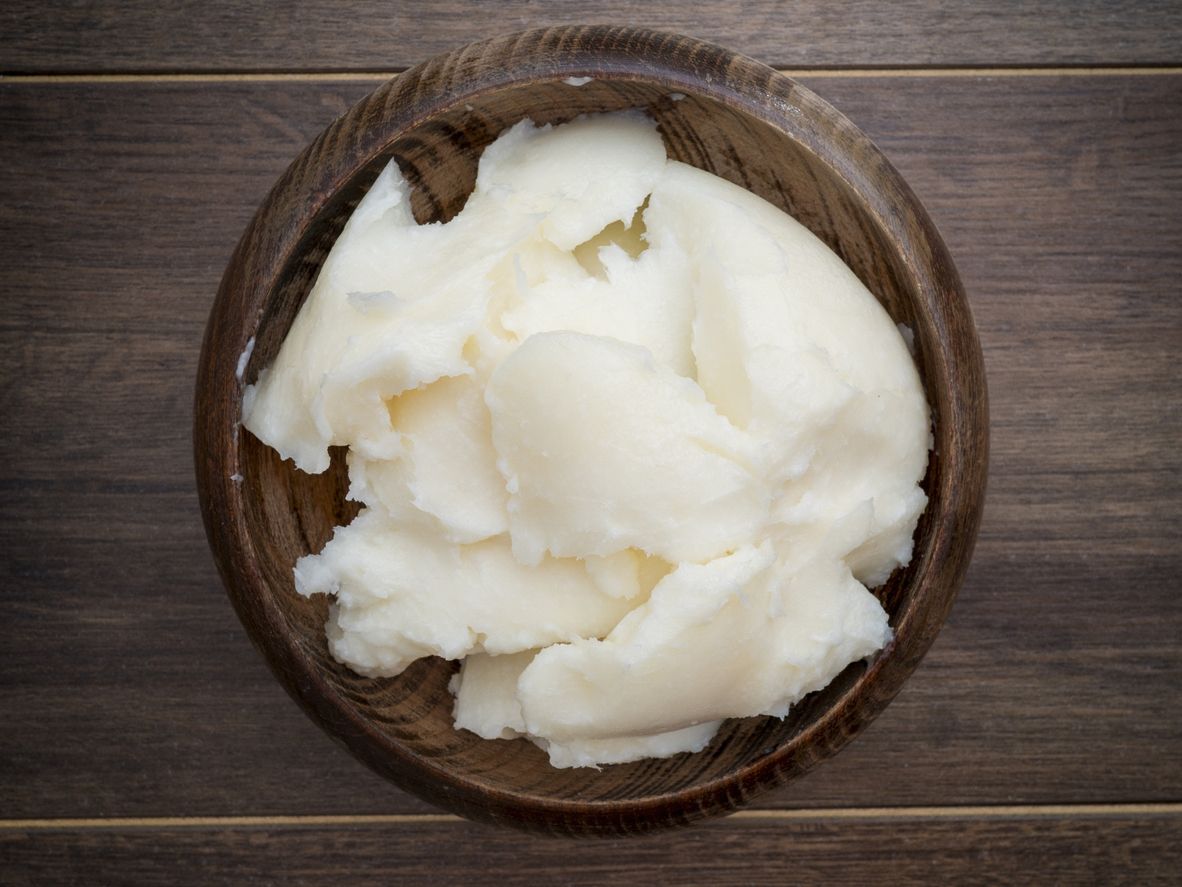
Flavor inspiration from the Pacific Rim (think Asia, Oceania and the western coasts of North and South America) are popping up in grocery stores and restaurants as people continue to explore more of the world through their palates.
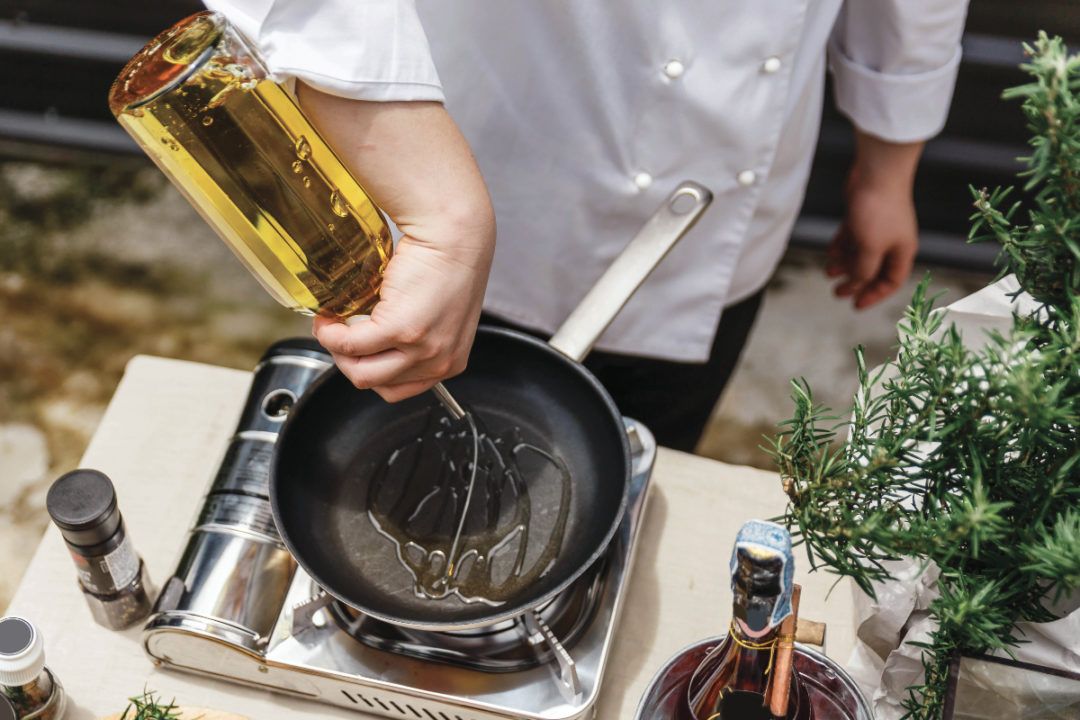
CHICAGO — Without fat, many foods lack substance. Fat dissolves and concentrates flavors and aromas, and depending on the source, may bring its own flavors to a recipe. Think: buttery croissant, coconut cream curry and sesame oil stir fry.

Depending on your age, you may or may not be familiar with lard. The cooking fat was once a staple ingredient in home kitchens, though over the years, it has become something of a mysterious one.
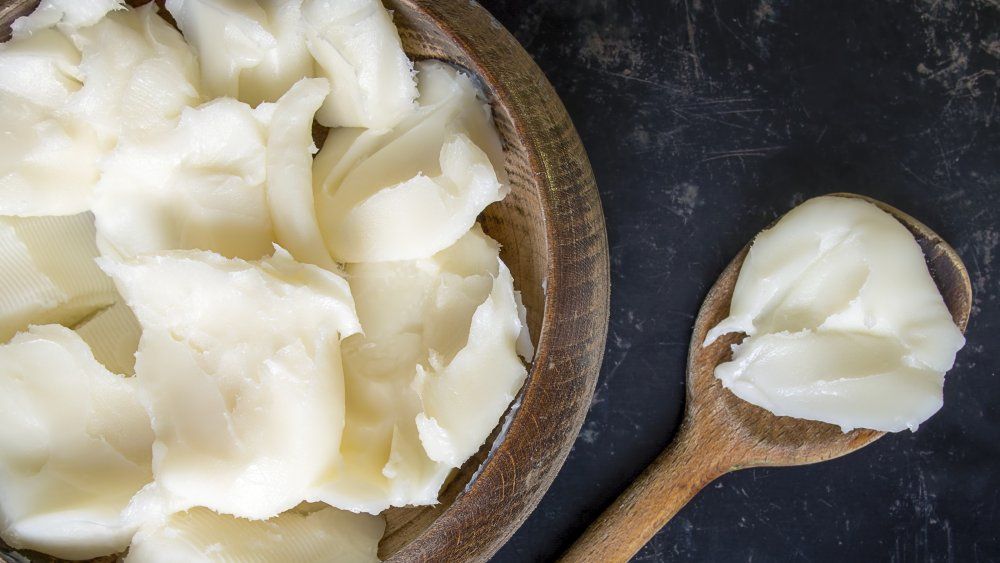
When it comes to baking, everyone has their choice of “fat” or oil that they prefer to use. For some, it’s butter; for others, it’s a vegetable shortening like Crisco.